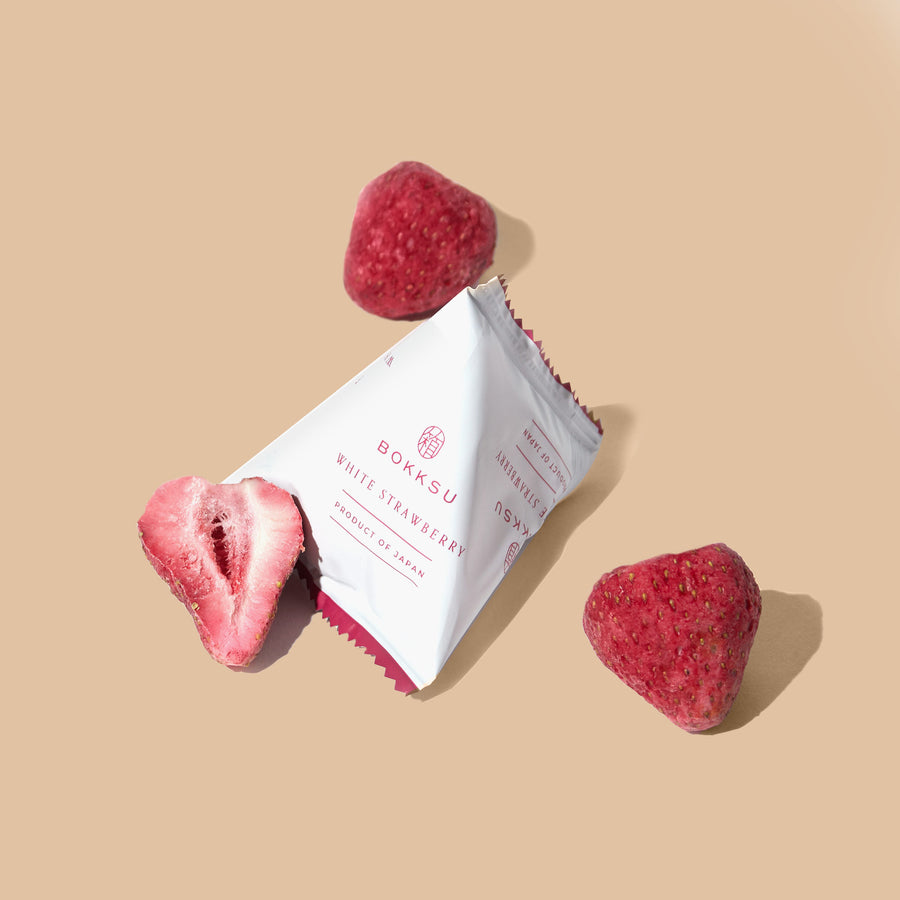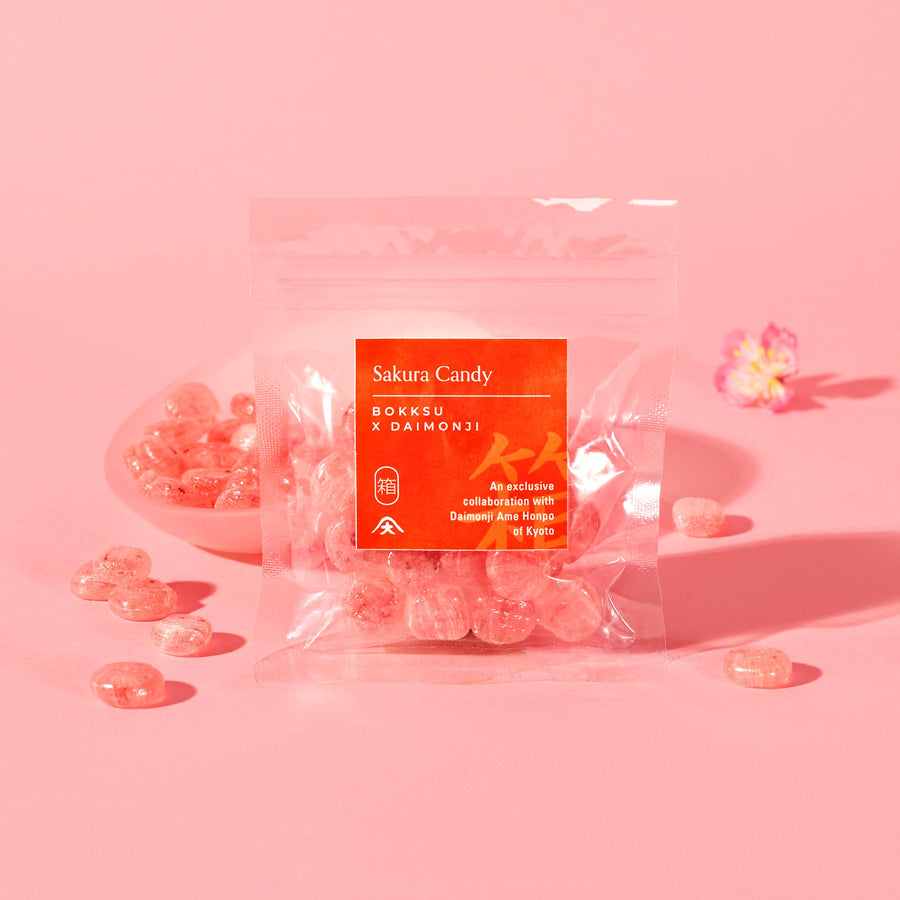A Simple Guide To Japanese Chopsticks
Chopsticks originated in China about 5,000 years ago before eventually making their way to Japan, Vietnam, and Korea. Early Japanese chopsticks were only used for religious ceremonies. Originally early Japanese chopsticks were made of bamboo and were joined at the top, more closely resembling training chopsticks that you might see today. These days authentic Japanese chopsticks come in a variety of different styles and are made from a multitude of materials, such as wood, metal, bamboo, or plastic.

What are Japanese Chopsticks?
What you might be surprised to learn is that Japanese chopsticks are different from Chinese, Korean, or Vietnamese chopsticks. Yes! That’s right. Japanese chopsticks tend to be shorter than the rest and taper down to a fine point. Japanese wooden chopsticks or bamboo chopsticks, which often come lacquered, are the most traditional style you’ll see. Korean chopsticks tend to be metal, are medium length, and flat. Chinese chopsticks are longer and thicker with either squared or rounded sides that end in blunt, flat tips. Vietnamese chopsticks are the longest of them all with the end of the chopstick tapering to a blunt rounded point like Chinese chopsticks.
Armed with knowledge on the history of Japanese chopsticks and the styles of different countries, let's move on to learning how to hold chopsticks without breaking a sweat. For the non-chopstick user, it can take some effort not to lose your grasp on each morsel of food, but these simple tips are aimed at helping you become a chopstick pro.
How to Hold Chopsticks?
Here’s how to hold chopsticks correctly; try to hold the chopsticks towards the back end, not the middle or the front (nearest to the food). For the total beginners, start by using a pair of lightweight chopsticks and gripping them towards the middle. Once you feel more comfortable, move your grip closer to the end of the chopsticks. A fun and tasty way to practice is to use your chopsticks to pick up various shapes and sizes of Japanese snacks.
Chopstick Games
The Bokksu Boutique also has a Duck Themed Chopsticks Learning Game. Each game set includes a pair of chopsticks, a bowl, and bean shaped pieces that will help you practice. There are three different ways to play, sort, grab, or search. All three games are detailed in the Bokksu Boutique item description.
Types of Japanese Chopsticks
In Japanese culture, chopsticks are essential for cooking and eating. Check out the different types of Japanese chopsticks:
Waribashi - These are the disposable chopsticks you'd find in most food establishments.
Pokebashi - Because of the waste generated by disposable chopsticks, more and more Japanese people resorted to using pokebashi, which is basically portable chopsticks. They're made out of metal that can be folded in half.
Saibashi - The Japanese also use long chopsticks for cooking, more specifically for picking up hot food straight out of the pot or pan. The saibashi is used similarly to a pair of tongs.
Hashi - These are the personal chopsticks used at home. They’re not supposed to be shared with anyone else.
Manabashi - This is another type of long chopsticks, but they’re mostly used for serving food.
Japanese Chopstick Etiquette
Now that you know how to use chopsticks. You should also learn basic Japanese chopsticks etiquette to avoid offending your dining companions if you ever make a trip out to Japan.
- After tearing apart disposable wooden chopsticks, do not rub them together furiously to get rid of any splintering wood. This conveys the message that you believe the establishment is cheap because the chopsticks are low quality. Instead discreetly break off wood fragments.
- Do not stick bamboo chopsticks straight up in a bowl of rice. This symbolizes death, because it resembles a ceremonial rite performed for those who have passed away. Always place chopsticks horizontally on the provided chopstick holder or on the plate.
- Do not pass food from one pair of chopsticks to another. To Japanese people, this is also an act associated with funerals, where the cremated bones of the deceased are passed from one person to another with chopsticks.
- Avoid placing your chopsticks across your bowl. This signals that you no longer want the dish you are eating and can be insulting to the chef if you have not finished your meal.
Remember practice makes perfect. These quick tips will have you using your pair of Japanese chopsticks like a natural and will set you up for chopsticks wielding success on your next trip to Japan.
Author Bio







 Bokksu Snack Box
Bokksu Snack Box

























